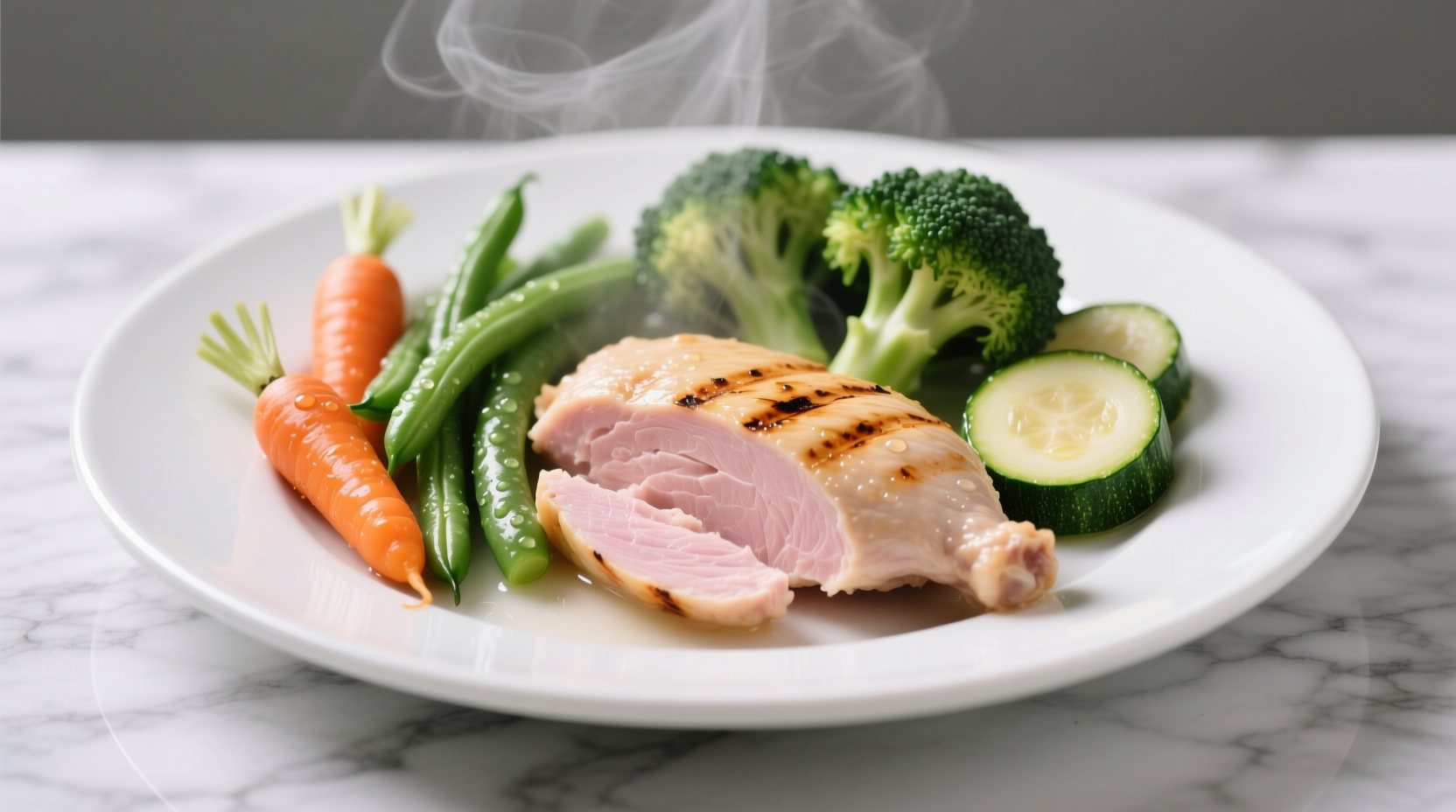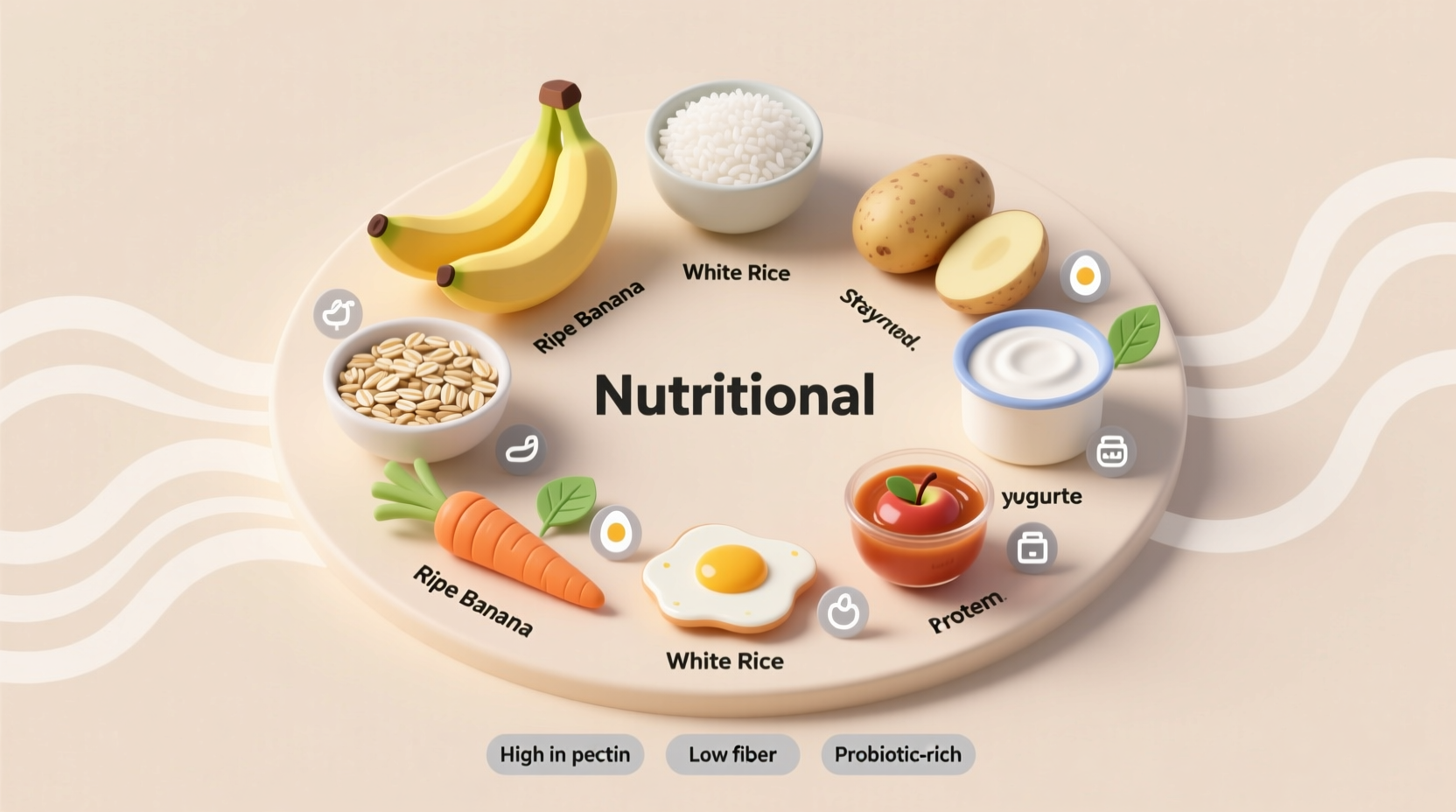When your digestive system needs relief, choosing the right foods makes all the difference. Whether you're recovering from stomach flu, managing irritable bowel syndrome (IBS), or adjusting your diet after surgery, understanding which foods move smoothly through your system can bring significant comfort. This guide delivers science-backed recommendations from leading nutrition authorities to help you navigate digestive challenges with confidence.
The Science Behind Easy Digestion
Digestion begins in your mouth and continues through your gastrointestinal tract. Foods that are low in fiber, fat, and spice typically move through this system with minimal effort. According to the National Institute of Diabetes and Digestive and Kidney Diseases (NIDDK), easily digestible foods share these characteristics:
- Low in insoluble fiber (which adds bulk to stool)
- Minimal fat content (fat slows digestion)
- Absence of irritating compounds like capsaicin
- Simple carbohydrate structures
Cooking methods significantly impact digestibility. Steaming, boiling, and baking break down complex fibers, making vegetables and proteins gentler on your system compared to raw or fried versions.
Top Foods Gentle on Your Digestive System
| Foods | Digestion Time | Key Benefits | Best Preparation |
|---|---|---|---|
| Bananas (ripe) | 30-60 minutes | Restores potassium, binds stool | Raw, mashed |
| White rice | 60-90 minutes | Low fiber, absorbs excess fluid | Cooked plain |
| Baked chicken | 90-120 minutes | Lean protein, no added fat | Without skin, no spices |
| Applesauce | 45-75 minutes | Pectin soothes digestive tract | Unsweetened |
| Steamed carrots | 60-90 minutes | Beta-carotene, softened fiber | Well-cooked, mashed |
When Digestible Foods Matter Most
Certain health situations dramatically increase your need for easily digestible foods. The American Gastroenterological Association identifies these critical scenarios where gentle foods become essential:
- Post-surgical recovery: After abdominal procedures, your digestive tract needs time to heal. The BRAT diet (bananas, rice, applesauce, toast) provides nourishment without strain.
- Gastroenteritis: During stomach flu, focus on clear liquids first, then progress to bland solids as recommended by Mayo Clinic guidelines.
- IBS management: The low-FODMAP diet, developed by Monash University researchers, identifies specific digestible foods that minimize symptoms.
- Chemotherapy side effects: Cancer treatment often causes digestive sensitivity, making gentle foods medically necessary.

Context Matters: When 'Easy' Foods Aren't Right
Not all easily digestible foods work for every situation. Understanding these context boundaries prevents dietary mistakes:
- Diabetes considerations: White rice and bananas contain simple carbohydrates that may spike blood sugar. Pair with protein for balanced digestion.
- Food intolerances: Dairy-based yogurt helps some but triggers others. Choose lactose-free options if needed.
- Nutritional completeness: The BRAT diet lacks protein and fat. Add boiled chicken or tofu after initial recovery phase.
- Medical conditions: Kidney disease patients may need to limit potassium-rich bananas. Always consult your healthcare provider.
Practical Eating Strategies for Sensitive Digestion
Implement these chef-tested techniques to maximize digestive comfort:
- Portion control: Eat 5-6 small meals instead of 3 large ones to prevent overwhelming your system
- Temperature matters: Serve foods at room temperature - extreme hot or cold can trigger spasms
- Chew thoroughly: Begin digestion properly in your mouth to reduce stomach workload
- Hydration timing: Drink fluids 30 minutes before or after meals, not during, to avoid diluting digestive enzymes
- Food journaling: Track what you eat and symptoms to identify personal triggers
Foods to Approach with Caution
While focusing on digestible options, be mindful of these common culprits that often cause digestive distress:
- Fried and greasy foods (slow gastric emptying)
- Raw cruciferous vegetables (broccoli, cauliflower)
- Beans and legumes (high in oligosaccharides)
- Carbonated beverages (introduce excess gas)
- Artificial sweeteners like sorbitol (draw water into intestines)
When to Seek Professional Guidance
While dietary adjustments help many digestive issues, certain symptoms require medical attention. The American College of Gastroenterology recommends consulting a healthcare provider if you experience:
- Persistent symptoms lasting more than 2 weeks
- Unexplained weight loss
- Blood in stool
- Severe abdominal pain
- Nighttime symptoms disrupting sleep
A registered dietitian can provide personalized meal plans, while doctors can diagnose underlying conditions like Crohn's disease, ulcerative colitis, or celiac disease that require specific dietary management beyond simple digestion concerns.
Building a Sustainable Digestive-Friendly Diet
Long-term digestive health goes beyond temporary relief. Incorporate these strategies for lasting improvement:
- Gradually reintroduce fiber as symptoms improve
- Include probiotic foods like kefir and sauerkraut for gut microbiome support
- Practice mindful eating to reduce stress-related digestion issues
- Stay consistent with meal timing to regulate digestive rhythms
- Consider digestive enzyme supplements if recommended by your doctor











 浙公网安备
33010002000092号
浙公网安备
33010002000092号 浙B2-20120091-4
浙B2-20120091-4